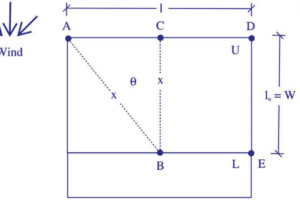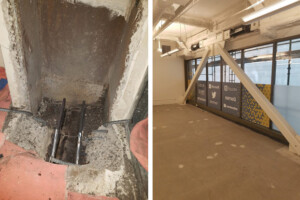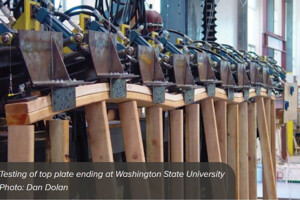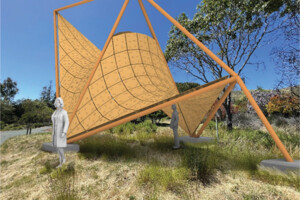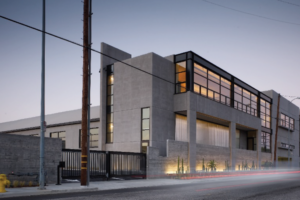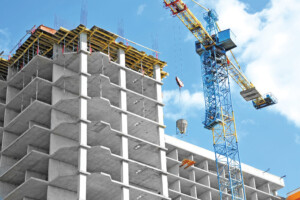By Monica Schultes, PE
The Steel District office development in Sioux Falls, South Dakota, is the first to demonstrate the structural use of ultra-high-performance concrete (UHPC) in a commercial construction application in North America. Gage Brothers was instrumental in converting the design of a nine-story mixed-use building to a total–precast concrete structure. By using 69-foot-long UHPC beams, interior columns were eliminated, allowing open sightlines, more rentable space, and the ability for adaptive reuse in the future.
…
